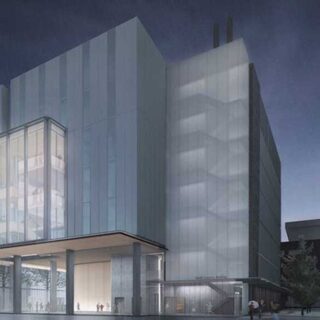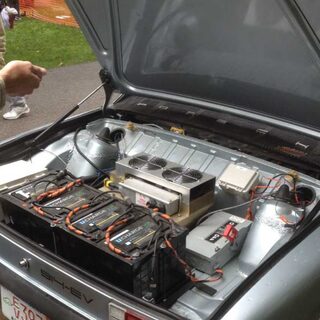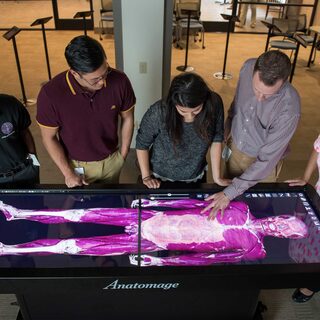Tradeline's industry reports are a must-read resource for those involved in facilities planning and management. Reports include management case studies, current and in-depth project profiles, and editorials on the latest facilities management issues.
Latest Reports
Superlabs Drive Collaboration, Flexibility, and Space Efficiency in Academic Sciences
Whether it’s called a superlab, x-lab, or megalab, the growing trend to build combined, larger lab spaces leverages economies of scale, technology, and smart use of perimeter and adjacent space to increase flexibility and improve active student learning. While there is no standard definition of a superlab, generally speaking it is a teaching lab that can accommodate more than one section or one cohort of students.
Think Sidehouse, Not Penthouse, for Utilities Distribution
Replacing the traditional penthouse with a ground-breaking sidehouse, the new Health Sciences Building at Canada’s Carleton University represents the latest step in the evolution of academic science facilities. Along with reflecting today’s emphasis on open labs and interdisciplinary collaboration, the building’s fresh approach to utilities distribution improves overall design, lab efficiency, and adaptability for future fit-outs and changes—all while adhering to a very tight budget and construction schedule.
The Most-Read Tradeline Reports of the Year
Space Management Software Review
The Future of Space is Flexible and People Focused
Rodent Cage Technology Evolves Beyond the Simple Holding Vessel
Centralized Research Support Facility Reaping Significant Benefits
Transformation to Exclusively Digital Library Frees Up Space for UMichigan Medical School
Virtual Reality Changing Medical Education
Unique Survey Tools that Inform Design and Utilization of Academic Medical Campuses
Fostering the Convergent Science Revolution
Major Trends in Research Facility Planning and Design
Designing and Operating Maker Spaces for Today’s STEM Programs
The Gold Standard of Maker Space at MIT
The Massachusetts Institute of Technology was facing high demand and frustration among students and faculty unable to access its more than 40 maker spaces, even during non-conventional hours. After evaluating the logistics related to those spaces, totaling 120,000 sf, they developed a new app that illuminates the existing maker spaces, then enlisted the help of student volunteers to oversee some spaces into the evening. MIT also plans to add another 20,000 sf of functional space.
Virtual and Augmented Reality are Reinventing Medical Education
Virtual and augmented reality are bringing new learning experiences to today’s medical students—and their campuses. The building boom is part of a revolution in the way medicine is taught. Today, medical students often learn with sophisticated mannequins, computer models, and collaborative electronic projects. Now, some schools are taking the technology a step further, building immersive environments where the doctors, nurses, and dentists of tomorrow can experience real medical settings and explore human anatomy in three dimensions.





